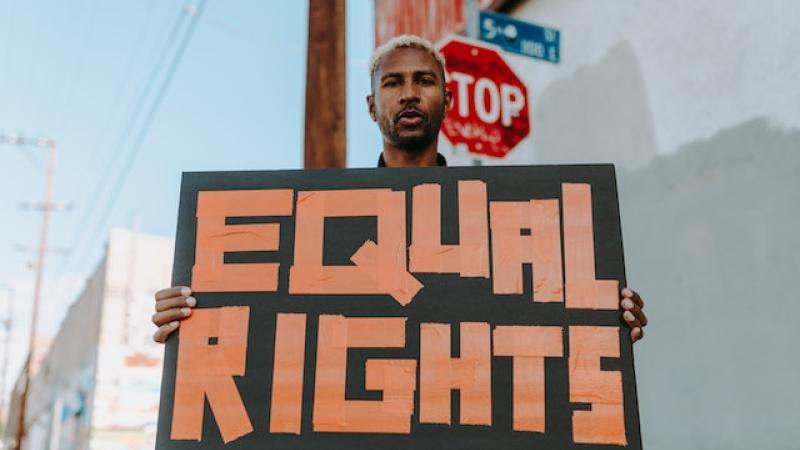Not in My Neighbourhood
Introduction
Not in My Neigbourhood tells the intergenerational stories of the ways in which ordinary citizens respond to the policies, process, and institutions driving contemporary forms of spatial violence and gentrification in Cape Town, New York, and São Paulo.
Featured review
Synopsis
As cities around the world catapult themselves into ‘world-class city status’, we have to ask ourselves, “at what cost”? Not in My Neigbourhood tells the intergenerational stories of spatial violence in three self-professed world-class cities: Cape Town, New York and São Paulo.
This film aims to build solidarity among active urban citizens by illuminating the tools and approaches used by urban activists to shape and navigate their cities that have been affected by colonization, architectural apartheid and gentrification.
Not in My Neigbourhood explores the effects of various forms of spatial violence on the spirit and social-psyche of city dwellers. We follow the daily struggles, trials and triumphant moments of active citizens, fighting for the right to their cities.
Reviews
Awards and Screenings
Director Commentary
Features and Languages
Film Features
- Closed Captioning
- Subtitles
Subtitle/Caption Languages
- English












Despite this new focus on gentrification, general discourse on the topic has failed to make the link between new and old forms of spatial violence, geographical exclusion and the legacies of architectural Apartheid. The ways in which spaces are used are always changing. We must ask ourselves; what kind of spaces are we moving towards with our current plans? Changing, controlling, privatizing these spatial assets can have incredibly adverse effects on the people who use it.
I grew up on the Cape Flats of Cape Town, a strip of townships built by the architects of Apartheid in the 1960’s. Both my parents and extended family were victims of racially motivated forced removals from areas like District Six and Woodstock. The experience of spatial violence and architectural Apartheid has affected my life in deep and profound ways. However, geopolitical links can be drawn between localities all over the world. Whether it is through the similar legacies that post-colonial cities live with or the homogenization of urban form in a capitalist city, spaces are connected and can be used as a point of solidarity between victims of spatial violence. This film creates a platform for these stories to be told.